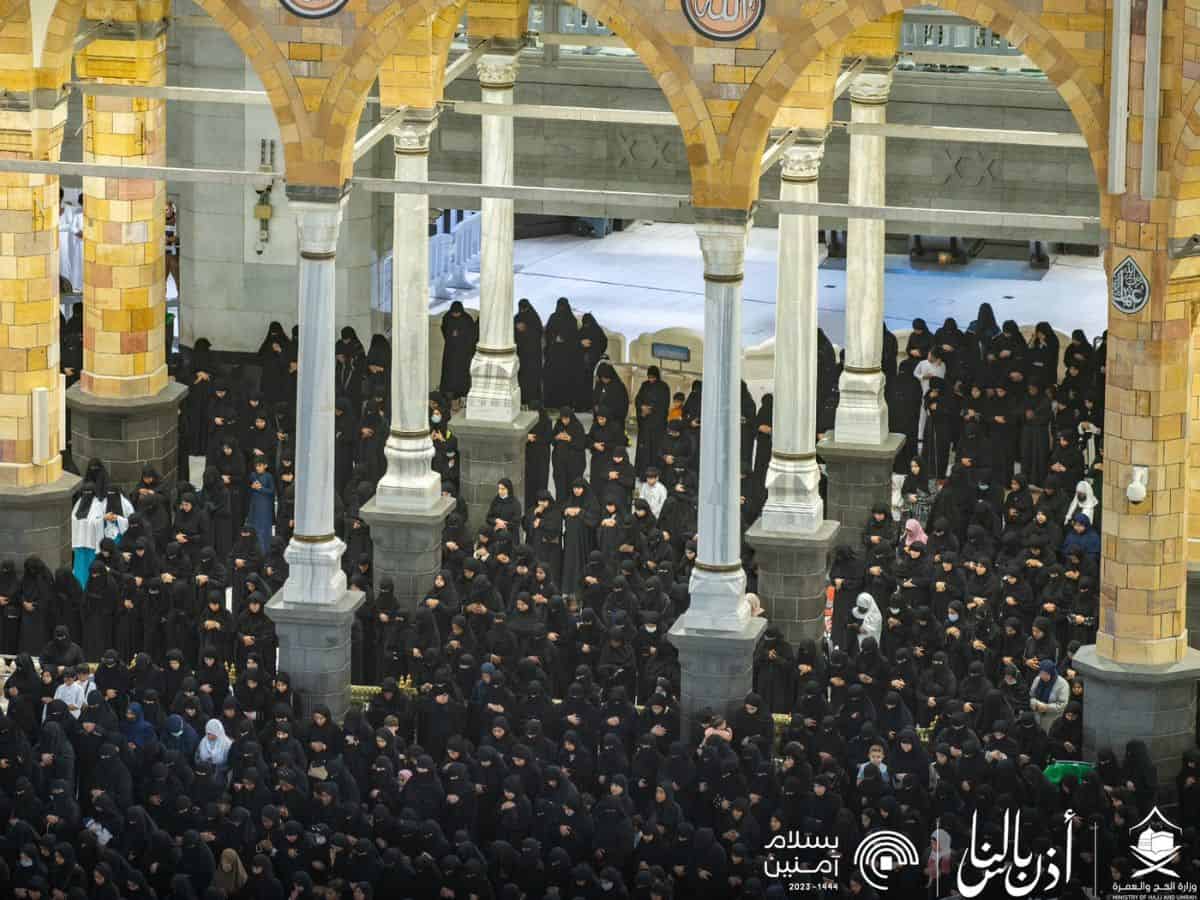
Riyadh: The annual tradition of filling the expansive Grand Mosque complex on the days of Tarwiyah and Arafat is deeply ingrained in Arabian culture. It is primarily women who enthusiastically participate in this significant service.
A remarkable sight unfolds at the Grand Mosque as men don their white ihram attire and embark on their journey to Mina and Arafat to fulfill the Haj rites, leaving the Mosque to be occupied by women donning black abayas.
The women firmly believe that the Holy Mosque should never be devoid of pilgrims, and they ensure their presence within its premises.
During the Haj pilgrimage, pilgrims spend the initial day and night in Mina for Tarwiyah, and then proceed to Arafat the following morning to engage in prayers throughout the afternoon. Subsequently, they move to Muzdalifah to spend the night.
It is only on the third day that the pilgrims return to Makkah to perform the tawaf (circumambulation) after stoning the Jamrat al-Aqaba (stone wall) and offering animal sacrifices in the morning.
With a deep sense of devotion, women devotees take charge of caring for the Mosque during this time. They perform Umrah and engage in various tasks such as cleaning the sacred site and providing food to pilgrims to break their fast.
In the past, women from Makkah used to extend their assistance to elderly individuals, offering them water, food, and looking after their homes.
In present times, the women of Makkah are eager to revive this longstanding annual tradition, known as Khullaif, which had temporarily ceased during the Covid-19 pandemic. This year, however, the practice resumed, once again filling the Grand Mosque with the presence of devoted women.
